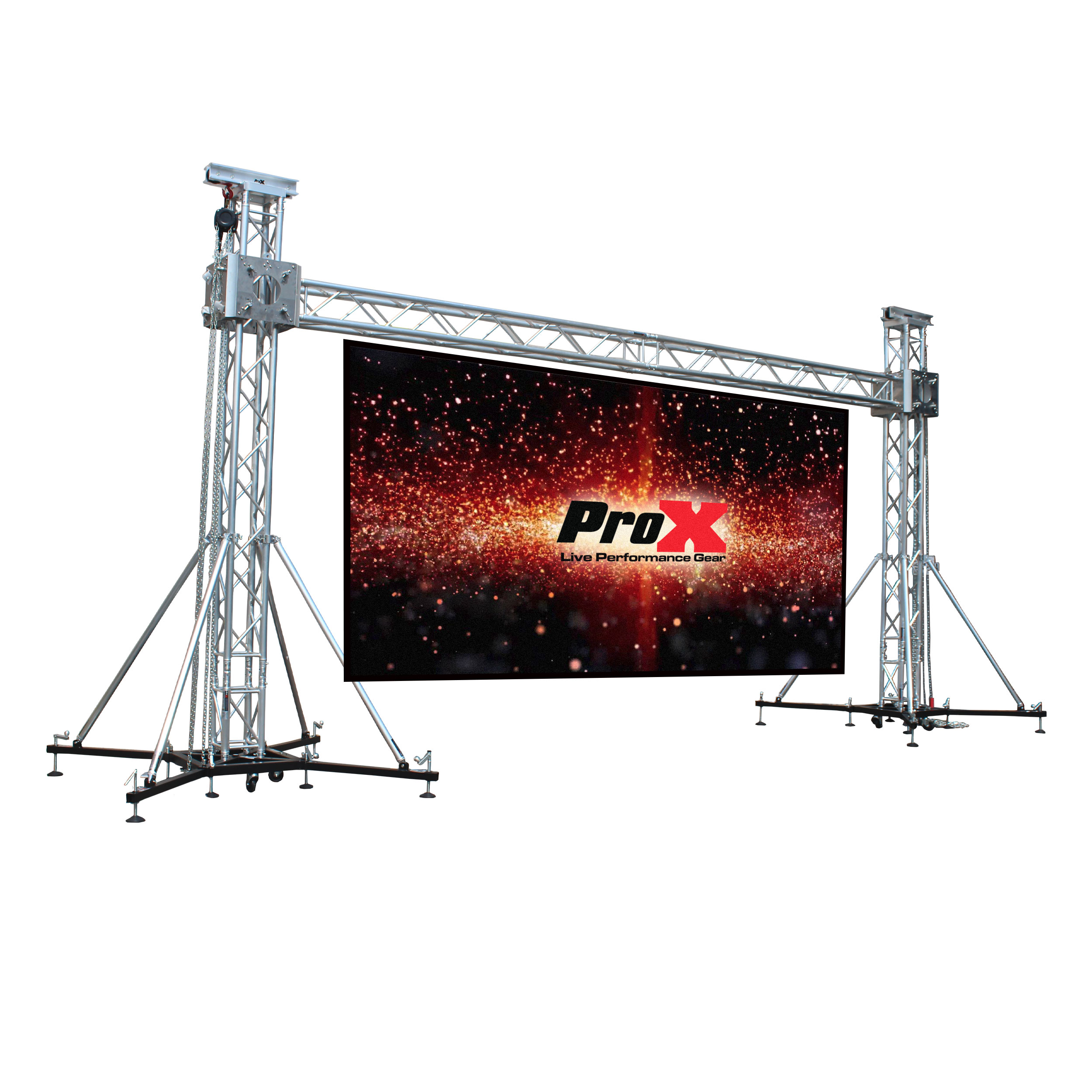The first step in guaranteeing color precision is comprehending how LED systems works. LEDs, or light-emitting diodes, generate light in various colors by combining red, green, and blue (RGB) light. Each pixel on an LED screen is made up of these three hues. When tuned correctly, the combination of RGB can produce a wide range of colors. However, if one color is too intense or too faint, it can distort the entire screen. This is why calibration is needed to equalize the hues and achieve the desired graphic result.
Tuning entails adjusting the configurations of the LED wall to ensure that the hues displayed correspond the original material as closely as feasible. This process usually includes using specialized software and hardware instruments. Technicians often use color assessment devices, such as color meters, to analyze the hues being displayed. By contrasting the measured colors to benchmark color values, they can make exact adjustments. This guarantees that the colors are not led wall calibration for mobile applications only lively but also uniform across the entire display.
Another important factor of color precision is understanding the surroundings in which the LED screen is used. Elements such as ambient light can considerably impact how hues appear. For instance, a well-lit lit room may fade colors, making them look not as vibrant. To mitigate this, technicians may adjust the luminosity and contrast settings of the LED screen. Additionally, they may choose particular color settings that are better appropriate for different lighting environments. This adaptability helps preserve color precision regardless of the viewing surroundings.

Finally, regular maintenance and recalibration are crucial for keeping an LED wall looking its finest. Over time, the performance of LEDs can change due to elements like degradation and temperature fluctuations. Frequent checks and modifications can help guarantee that the colors remain correct and vibrant. By investing time in appropriate tuning and maintenance, venues can offer viewers with stunning graphic presentations that enhance their overall experience. Perfecting color accuracy in LED wall tuning is not just a mechanical task; it is an art that adds to the wonder of graphic storytelling.